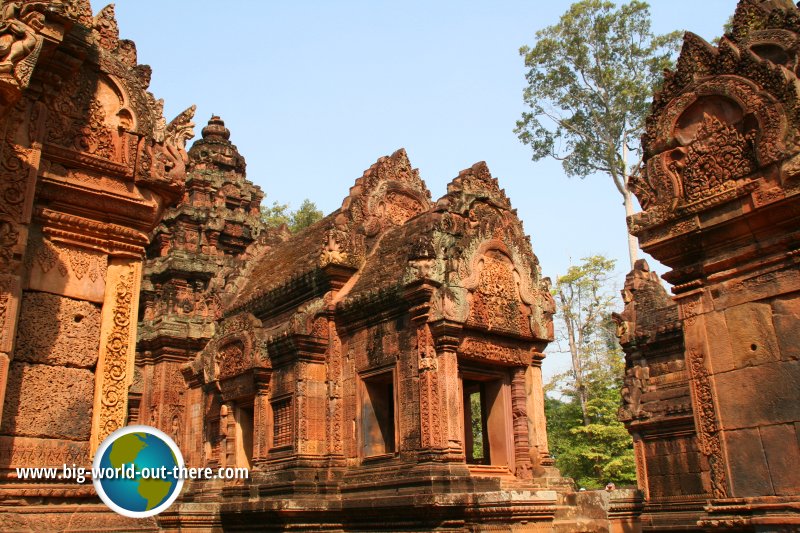 Banteay Srei (27 February, 2006)
Banteay Srei (27 February, 2006)
Banteay Srei (GPS: 13.59883, 103.9628) is a small ancient Khmer ruin that has probably the most exquisite carvings in Angkor. It was constructed during the second half of 10th Century under King Rajendravarman II, who reigned from AD 944 to AD 968 and King Jayavarman V, who reigned from AD 968 to AD 1001. The name Banteay Srei is a modern Khmer name meaning "Citadel of the Women". This is not the original name of the temple, but one given to it by the locals in modern times. After Angkor Wat and Bayon, this is my third favourite temples, due mainly to its intricate decoration and the beautiful pinkish colour of the sandstone used for its construction.
360° View of Banteay Srei on Google Maps Street View
Banteay Srei is  in the centre of the Map of Angkor
in the centre of the Map of Angkor
More and more visitors have heard of the beauty of Banteay Srei, so it is becoming more crowded now. Still, those who do not have the time to spare would miss it out. As it is far from Angkor proper - about an hour from Siem Reap - those who do not have the time would not get the chance to enjoy its beauty. Also, people expecting giant-size monuments would be disappointed. What you find, after such a long journey, is is one of the smallest temples. But its beauty more than makes up for its being "size challenged".
This endearing little temple was discovered by the French in 1914, and soon made news when in 1923, a young Andre Malraux - the future French Minister of Culture - was arrested for plundering it. The stolen bits were returned, albeit some of the original pieces are now put away for safekeeping while replicas take their seats.
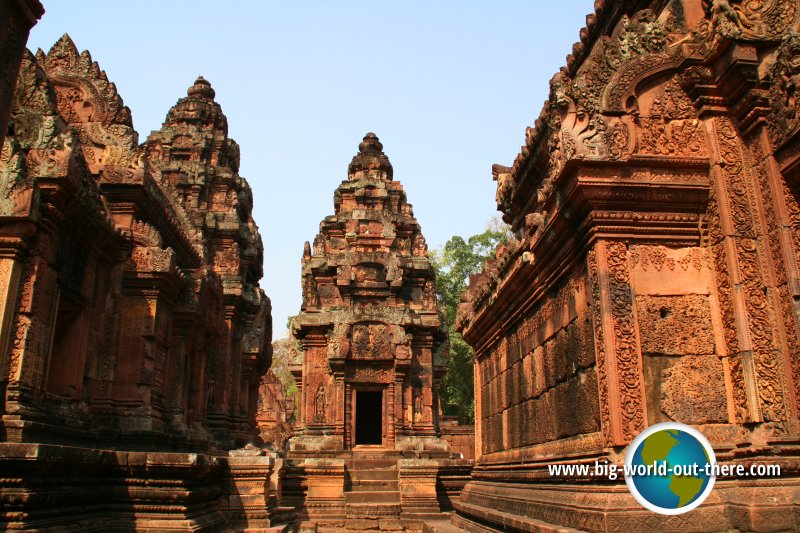 Banteay Srei (2 March, 2008)
Banteay Srei (2 March, 2008)
Unlike other temples at Angkor, which are mostly built by kings, Banteay Srei was built by an important dignitary who served during the reign of King Rajendravarman II and King Jayavarman V. According to inscriptions found in this temple, work on it started in 967 AD, with support from his brother and sister.
Banteay Srei is supposed to be dedicated to the deity Tribhuvanamaheshvara. It earns the title "Jewel of Khmer art" because of the refined craftsmanship of its sculptures. Pediments appear in this temple with stories related to Shivaism, ie about the demon Ravana shaking Mount Kailasa above which Shiva is enthroned. Other pediments portray Vishnuist themes such as 'The Rain of Indra' and 'The Killing of Kamsa'. Two other famous pediments from Banteay Srei is now at the National Museum of Cambodia in Phnom Penh and at the Musé national des Arts asiatiques - Guimet, Paris. Numerous lintels also display sculptures from Indian mythology.
According to an inscription on the stone door jamb in the third enclosure, Banteay Srei and the surrounding site was continuously occupied and maintained right up to the 14th century.
Recently the APSARA Authority and the Swiss government undertook a conservation project on Banteay Srei. It officially commenced at the beginning of July 2002, and will be completed in 2005. In addition to conducting a detailed stury of the site, it also focuses on conservation and improvement as well as landscaping of the surroundings.
I visited Banteay Srei with my wife on our way to Kbal Spean. It was my second time at Banteay Srei, after the first trip a few years earlier. I had already taken lots of shots on my first trip, so there wasn't much that is new to cover the second time around.
How to reach Banteay Srei
The route to Banteay Srei is similar to the one to Banteay Samre. From Siem Reap, take the road towards East Mebon. Take a right turn (eastward) somewhere between Pre Rup and East Mebon, about 14km from Siem Reap. (I think there is a signpost saying Banteay Srei or Banteay Samre - I forgot, if you're passing that way, please verify for me.) After that, go straight on that road.The road will pass a small Cambodian village (the name of the village is Pradak). Here, you see a T-junction to the left (northward). Turn left at that junction. After that, it is a long journey. You see the hill, Phnom Bok, on your right.
At 17.5 km from Pradak, the road forks into two. Take the left fork. 1 km after the fork, you pass Banteay Srei village. Another 800 meters farther you cross the bridge over the Siem Reap River. The temple of Banteay Srei is just about 300 meters after that, along a bend in the road.
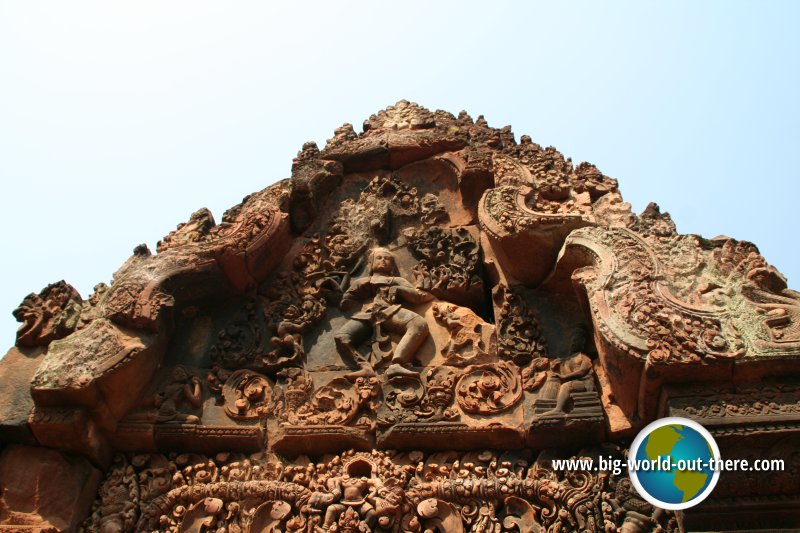 Banteay Srei (2 March, 2008)
Banteay Srei (2 March, 2008)
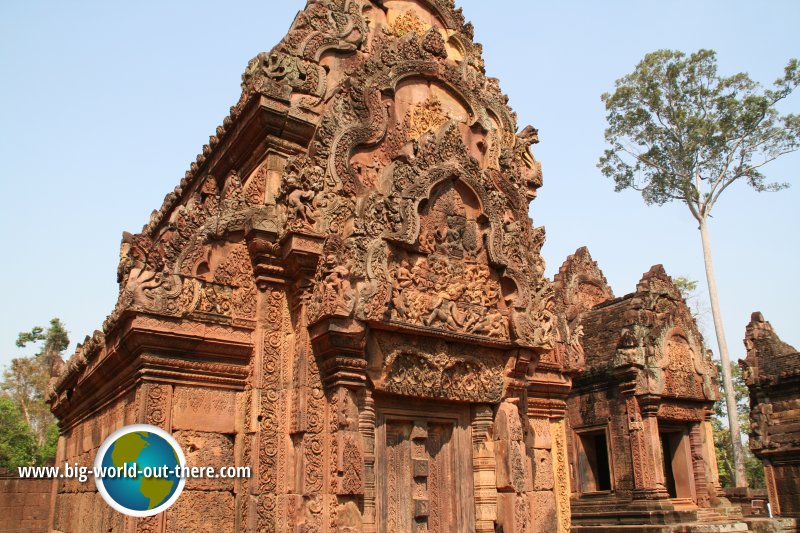 Banteay Srei (2 March, 2008)
Banteay Srei (2 March, 2008)
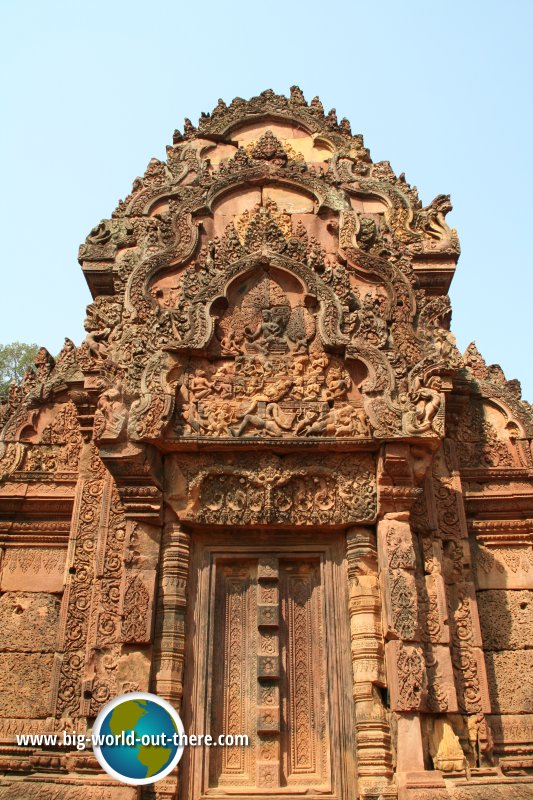 Banteay Srei (2 March, 2008)
Banteay Srei (2 March, 2008)
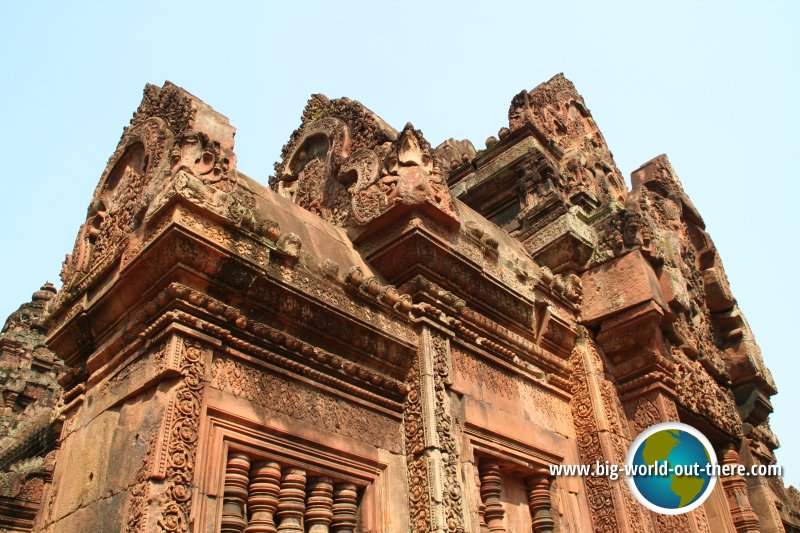 Banteay Srei (2 March, 2008)
Banteay Srei (2 March, 2008)
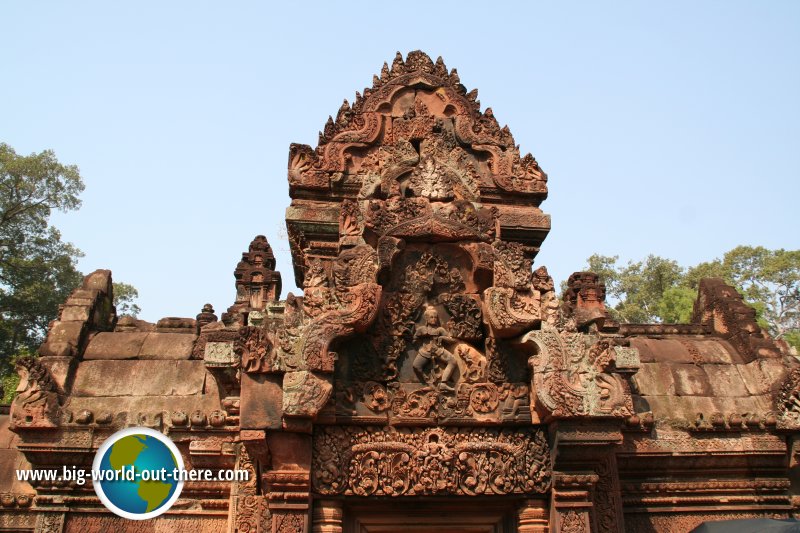 Banteay Srei (2 March, 2008)
Banteay Srei (2 March, 2008)
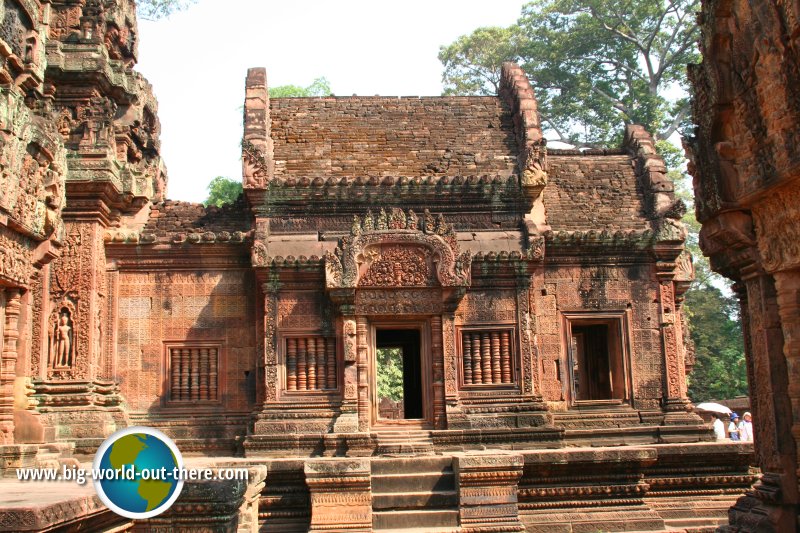 Banteay Srei (2 March, 2008)
Banteay Srei (2 March, 2008)
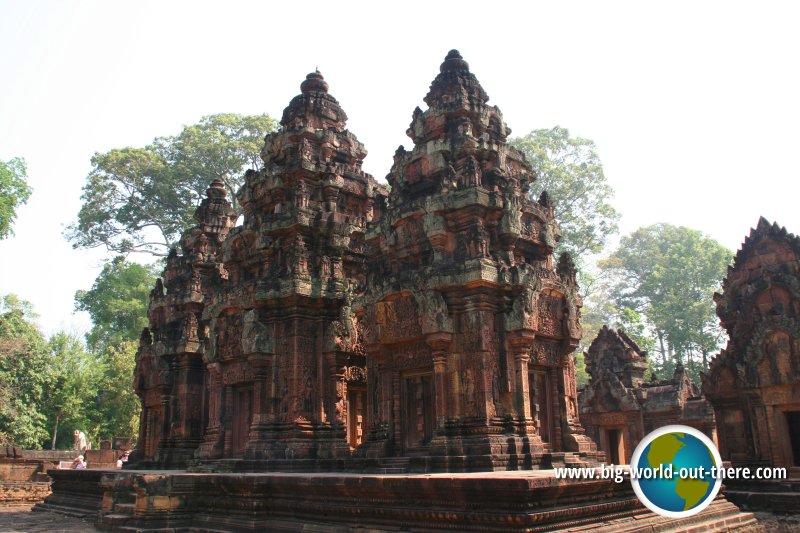 Banteay Srei (2 March, 2008)
Banteay Srei (2 March, 2008)
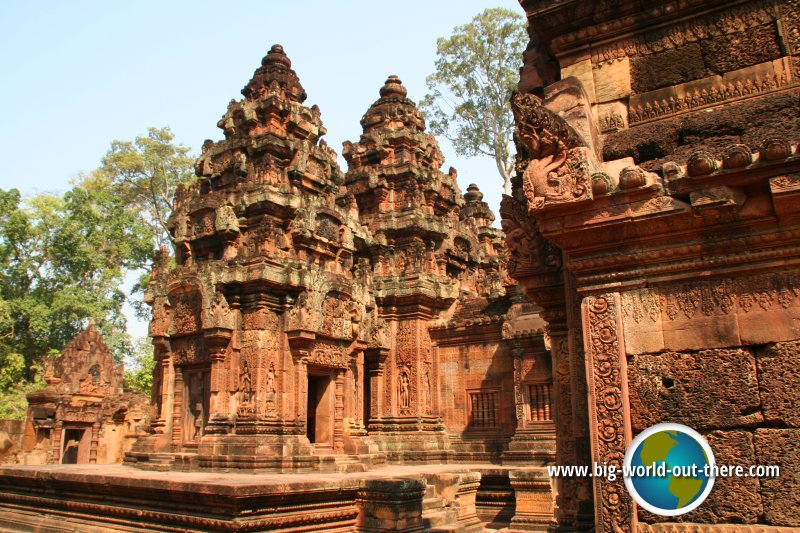 Banteay Srei (2 March, 2008)
Banteay Srei (2 March, 2008)
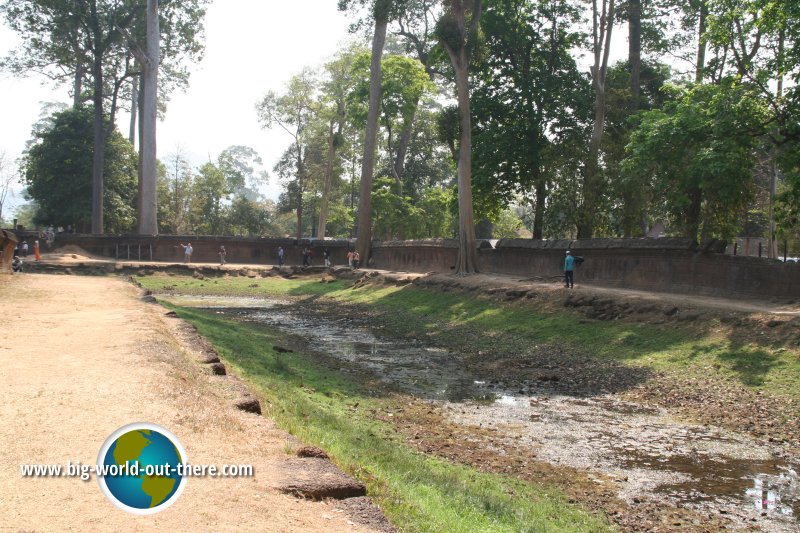 Banteay Srei (2 March, 2008)
Banteay Srei (2 March, 2008)
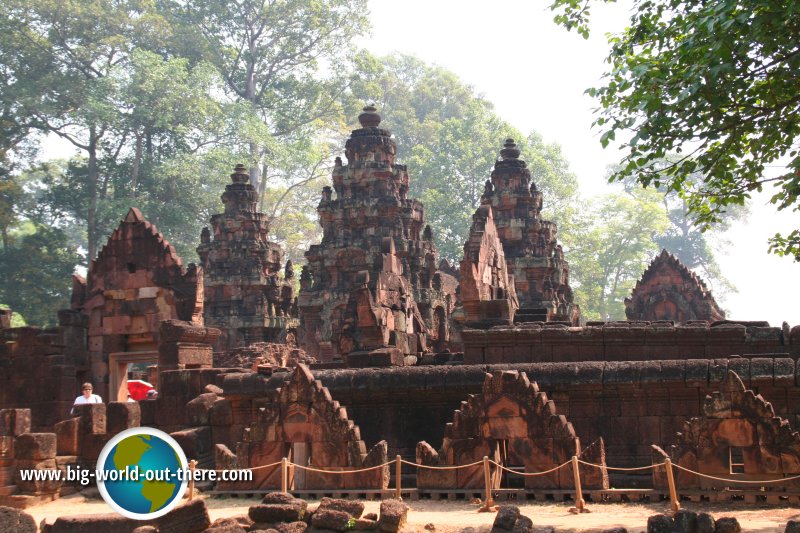 Banteay Srei (2 March, 2008)
Banteay Srei (2 March, 2008)
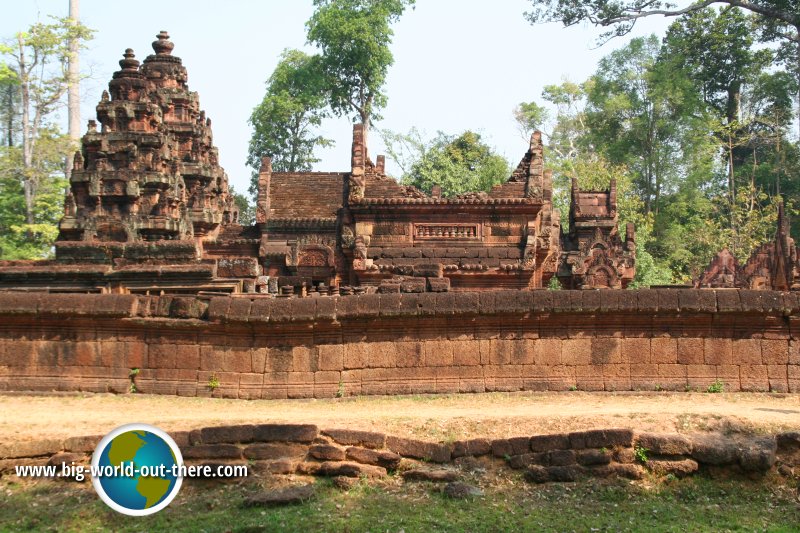 Banteay Srei (2 March, 2008)
Banteay Srei (2 March, 2008)
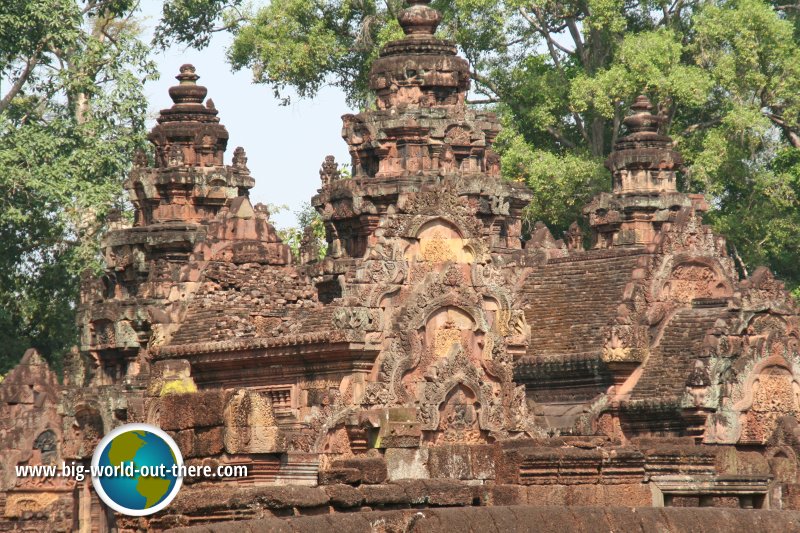 Intricacies of the carvings at Banteay Srei (2 March, 2008)
Intricacies of the carvings at Banteay Srei (2 March, 2008)
 Timothy Tye with his tour guide and other fellow tourists at Banteay Srei (2 March, 2008)
Timothy Tye with his tour guide and other fellow tourists at Banteay Srei (2 March, 2008)
 Latest updates on Penang Travel Tips
Latest updates on Penang Travel Tips
 Map of Roads in Penang
Map of Roads in Penang
Looking for information on Penang? Use this Map of Roads in Penang to zoom in on information about Penang, brought to you road by road.
Copyright © 2003-2025 Timothy Tye. All Rights Reserved.

 Go Back
Go Back